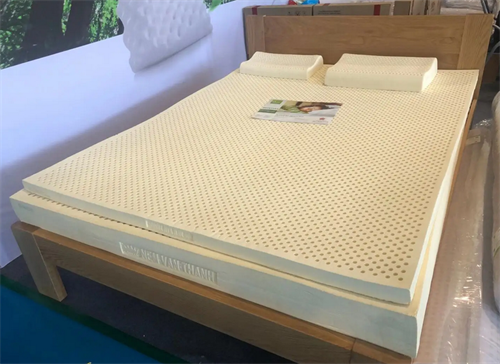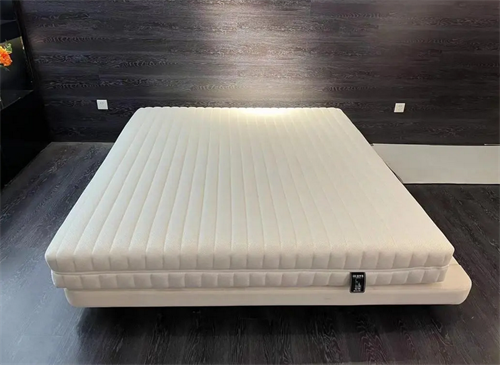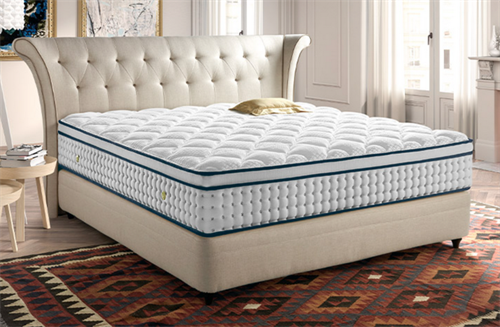How to deal with moldy wooden beds? This is a problem many people face in humid seasons or damp environments. Mold not only affects the aesthetics of the bed but can also pose health risks. Here’s how to handle a moldy wooden bed.
1. Regular Cleaning and Damp Prevention
To avoid mold on wooden beds, regular cleaning and moisture prevention are essential. Humidity is one of the main causes of mold. Therefore, it's important to keep the environment around the bed dry and to ventilate regularly, especially during humid seasons. Additionally, regularly using dehumidifiers is a good option. It's also important to clean the wooden bed periodically by wiping the surface and legs with a damp cloth to ensure they remain dry and free of moisture.

2. Use Mold Removers to Clean the Wooden Bed
When a wooden bed has already developed mold, you can use mold removers to clean it up. There are many types of mold removers available on the market, and you can choose the appropriate product based on your situation. When using a mold remover, be sure to follow the instructions carefully, avoiding excessive use to prevent any corrosive effects on the bed. After application, allow for adequate ventilation to evaporate any remaining mold remover from the bed.

3. Use Vinegar or Bleach to Clean the Wooden Bed
In addition to conventional mold removers, vinegar and bleach can also effectively clean a moldy wooden bed. Before use, dilute the vinegar or bleach and apply it evenly to the moldy areas using a spray bottle or damp cloth. Then, gently wipe with a dry cloth until the mold is cleaned off. As with mold removers, ensure proper ventilation afterward to keep the wooden bed dry.
4. Refurbish the Wooden Bed Surface
If the mold on the wooden bed is severe and cleaning does not fully remove the traces, it might be necessary to refurbish the surface. Refurbishing the wooden bed can eliminate mold traces and make the bed look new again. During the refurbishing process, you can sand the surface with sandpaper and then apply a new coat of bed varnish or wood oil to restore its shine.

5. Frequently Change Bedding
Bedding can also be a breeding ground for mold. Regularly changing and washing bedding, while allowing it to dry in the sun, is an effective way to prevent sheets, comforters, and other bedding from getting moldy. During particularly humid seasons, consider increasing the frequency of changing bedding to maintain cleanliness and dryness.

In summary, this concludes the discussion on how to deal with moldy wooden beds. Mold on wooden beds is a common issue, but with effective measures, it can be addressed well. Regular cleaning and moisture prevention form the foundation to prevent mold, while using mold removers, vinegar, bleach, or refurbishing surfaces are specific methods to tackle existing mold issues. Keeping bedding dry and clean is also very important. I hope the methods provided in this article help you resolve moldy wooden bed issues, keeping your bed always dry, clean, and comfortable.



